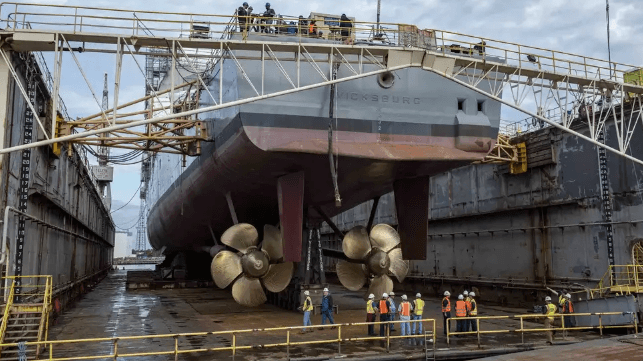Delayed Federal Budget May Hit U.S. Navy Ship Repair Projects

On Saturday, the U.S. Congress averted a looming government shutdown by passing a 45-day stopgap funding measure. This annual ritual - known as the continuing resolution, or CR - changes the landscape for federal contractors, including the Navy's ship repair industrial base. The 45-day CR brings uncertainty for government suppliers, and it limits the Navy's spending to the levels found in last year's budget.
"A spending bill . . . provides the Navy with the [assurance] that the money is there, and what you'll end up seeing is a lot better execution of that money," Bill Crow of the Virginia Ship Repair Association told local media at a press conference in Norfolk on Monday.
Congress has passed nearly 50 continuing resolutions since 2000. They are widely disliked by federal agencies, and the disruption imposes costs: according to the Navy, about $4 billion in public funds were wasted from 2011-17 due to inefficiencies caused by CRs. In 2019, the service was faced with the possibility that it would have to cancel 14 ship repair contracts because a continuing resolution didn't provide the funding to pay for them.
Sen. Mark Warner (D-Va) warned Monday that disruptions to federal funding have an outsize impact on Norfolk's ship repair sector, which plays an outsize role in keeping the Navy surface fleet and auxiliaries running.
“There is no state in the country that would be harder hit by a government shutdown than Virginia and there is no part of Virginia that would be harder hit by a government shutdown than Hampton Roads,” said Warner, according to local WAVY. “This is the stupidest business decision ever. It costs the taxpayers money."
Congress and the White House have allowed the government to shut down three times over the last 20 years. The longest - a 35-day shutdown in 2018-19 - affected about 800,000 federal employees and cost the economy an estimated $11 billion. The next deadline for a federal budget (or another continuing resolution) comes up in mid-November.
